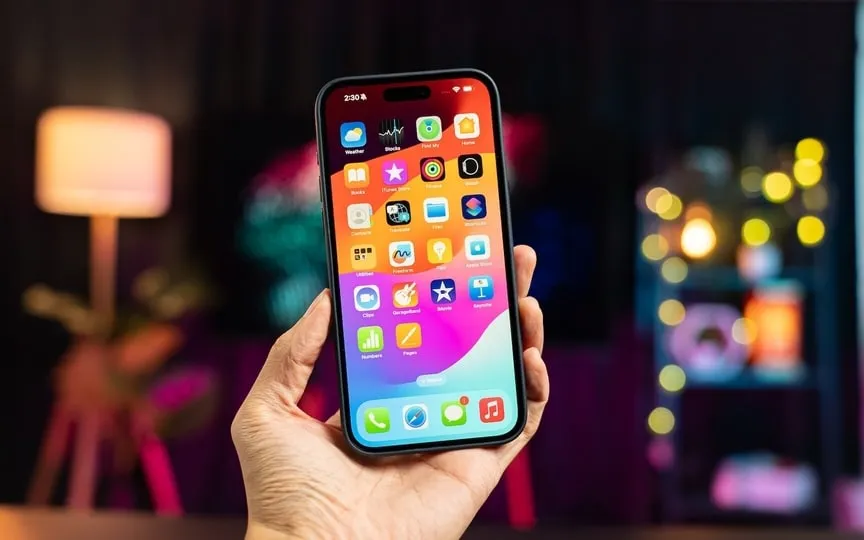Unlock the Secrets of Apple’s iPhone Privacy Screen – Coming Soon!
Apple has been known to file some peculiar patents throughout the years. These include concepts like a MacBook-integrated iPhone, a car without windows, vibrating VR socks, and even a MacBook with a DJ turntable. These ideas may seem out of character for Apple, but it’s important to note that not all patented products actually make it to production or even prototype stages. Nonetheless, it is fascinating to witness the engineering capabilities of Apple. In their most recent patent, Apple engineers have apparently been working on improving iPhone privacy by introducing privacy screens. To learn more about this new patent for Apple iPhone privacy screens, read on.
iPhone privacy screen
Apple applied for the patent on November 21, 2023 at the US Patent and Trademark Office. It’s called “Privacy Films for curved displays,” and it theorizes the existence of a protective film in the device with a light-blocking layer sandwiched between the first and second transparent substrates. But how would that work?
The patent states: “The light-blocking layer may have a plurality of opaque portions and a plurality of transparent portions. The opaque portions may be shaped to ensure that light from the display is directed only to the primary viewer of the display. Each opaque portion of the light-blocking layer may extend along a corresponding longitudinal axis between the first and second transparent substrates.” .
iPhone privacy screen technology works like third-party privacy screen protectors available on the market. The primary viewer gets a full view of the screen with plenty of brightness. However, onlookers sniffing your phone from different angles will likely get a blurry picture of your iPhone’s screen.
Adjustable viewing angles on Mac
Meanwhile, the Cupertino-based tech giant has filed another patent titled “Displays with adjustable viewing angles.” This patent filed for the Mac theorizes that the user could potentially adjust viewing angles on the Mac, which could act as a filter to prevent screen sniffing. The user can control the polarization of the screen through the “angle adjustment layer”. This layer made of electrochemical material would contain a number of light-blocking elements.
How would that work?
According to the patent, “When the display is to be used in a private viewing space, the control circuits can apply current to the first and second electrodes, which causes the electrochromic material to become more opaque, which limits the viewing angle of the display. When the display is to be used in a public viewing space, the control circuit can apply a current to the first and second electrodes that makes the electrochromic material more transparent and thus opens up the perspective of the screen.”
Will iPhone privacy screens or other ideas come to life? This we don’t know. However, these filings reveal the creative side of a company that former employee Bob Burrough once called “boring.”




